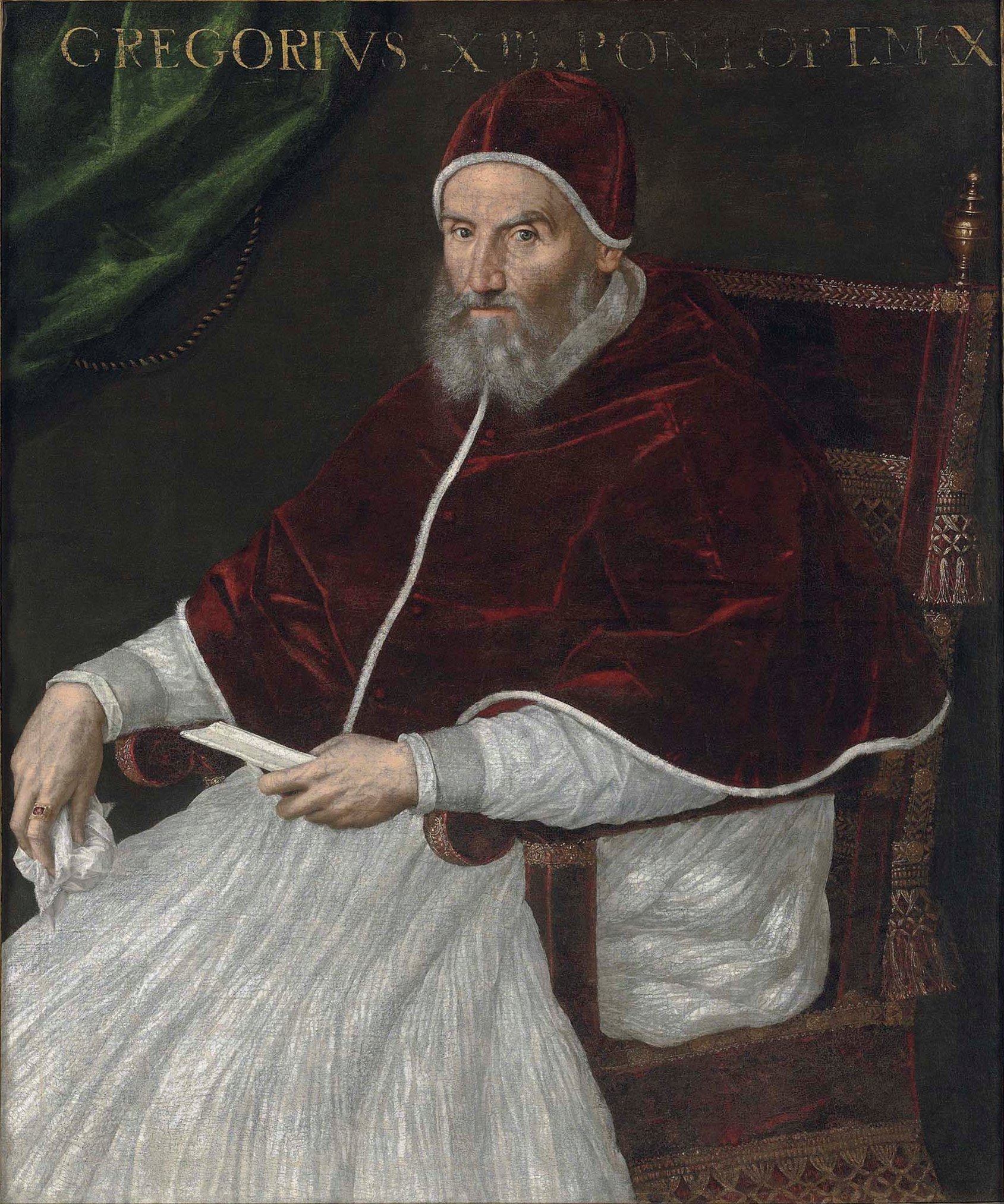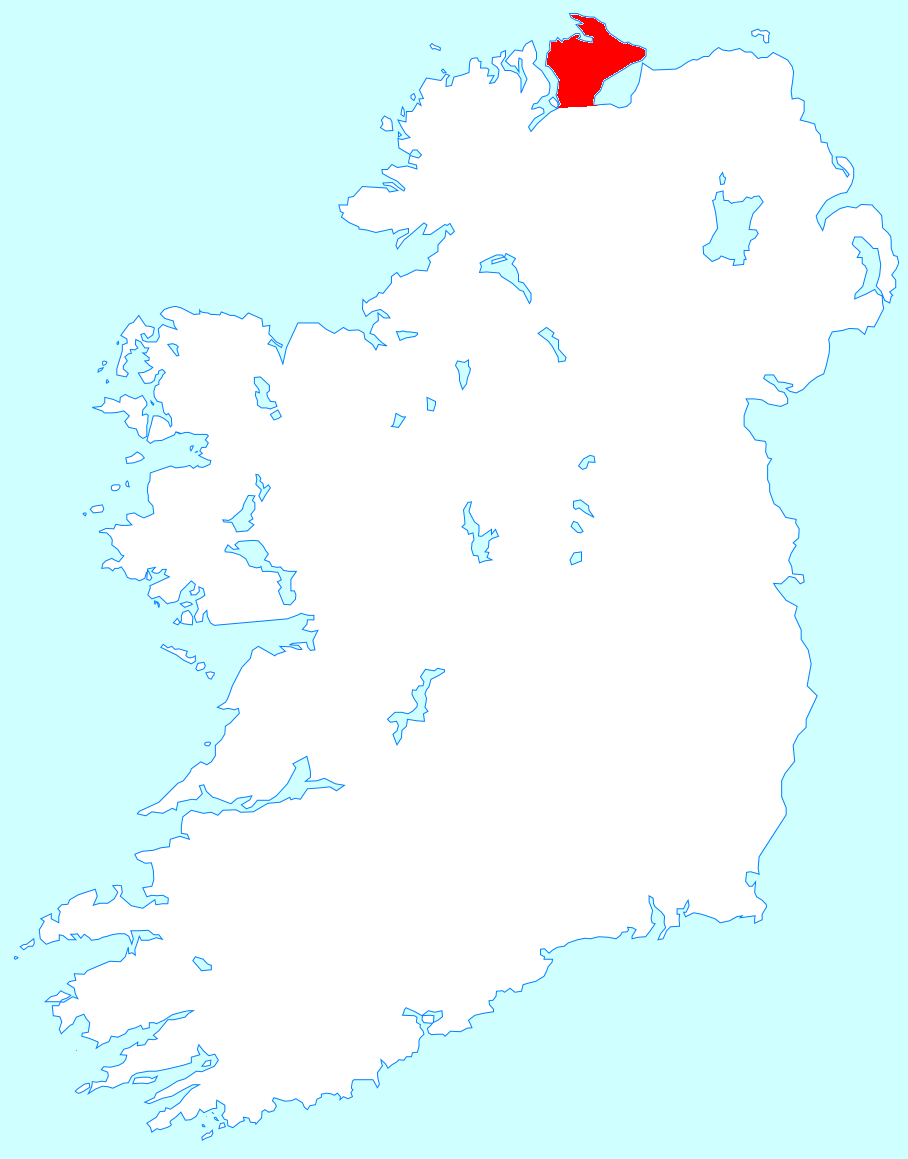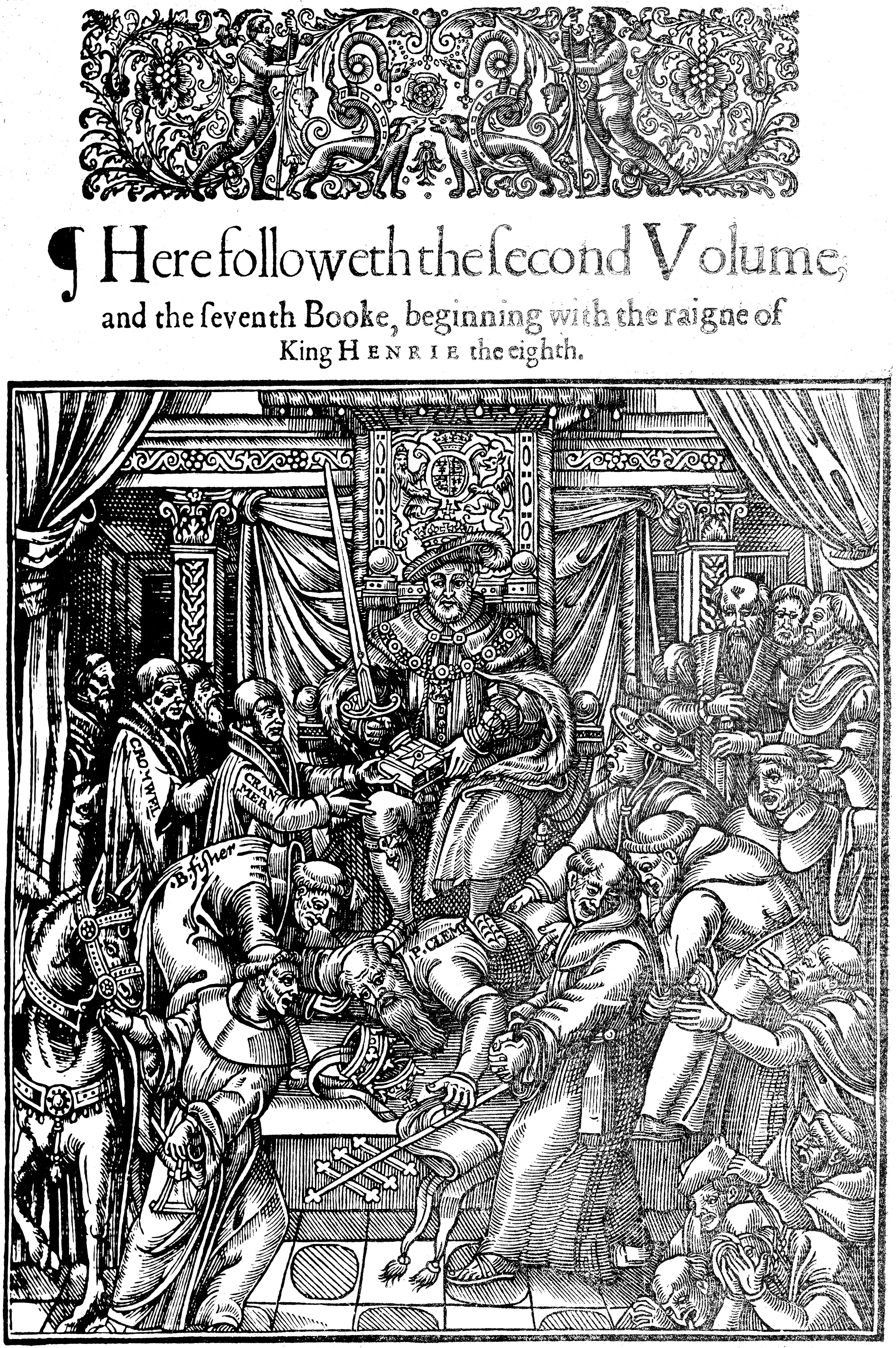|
Concobhar Ó Duibheannaigh
Concobhar Ó Duibheannaigh (c. 1532 – 1 ( O.S.)/11 ( N.S.) February 1612; ''Conor O'Devany'', ''Cornelius O'Devany'') was an Irish Franciscan priest from Donegal Abbey and Roman Catholic bishop during the religious persecution of the Catholic Church in Ireland that began during the reign of Henry VIII and ended only with Catholic Emancipation in 1829. Similarly to St. Polycarp of Smyrna, Bishop Ó Duibheannaigh was in his eighties when he was hanged, drawn and quartered outside the walls of Dublin. In September 1992, he was formally beatified by Pope John Paul II as one of the 24 officially recognized Irish Catholic Martyrs. His feast day is on June 20. Early life Conor O'Devany was born in Malin Head, Inishowen, County Donegal. His family had their seat at ''Tulach Uí Dhuibheannaigh'', near Raphoe and were the erenagh family responsible for administering local Church lands on behalf of the Roman Catholic Diocese of Raphoe. Conor O'Devany joined the Observant Franciscans a ... [...More Info...] [...Related Items...] OR: [Wikipedia] [Google] [Baidu] |
Beatification
Beatification (from Latin , "blessed" and , "to make") is a recognition accorded by the Catholic Church of a deceased person's entrance into Heaven and capacity to intercede on behalf of individuals who pray in their name. ''Beati'' is the plural form, referring to those who have undergone the process of beatification; they possess the title of "Blessed" () (abbreviation "Bl.") before their names and are often referred to in English as "a Blessed" or, plurally, "Blesseds". It is the third stage of the ordinary process of Canonization#Since 1983, official recognitions for Catholic saints: Servant of God, Venerable#Catholic, Venerable, Blessed, and Saint. History Local Bishops in the Catholic Church, bishops had the power of beatifying until 1634, when Pope Urban VIII, in the apostolic constitution ''Cœlestis Jerusalem'' of 6 July, reserved the power of beatifying to the Holy See. Since the reforms of 1983, as a rule, (for non-martyred Venerables) one Miracle, miracle must ... [...More Info...] [...Related Items...] OR: [Wikipedia] [Google] [Baidu] |
Religious Persecution
Religious persecution is the systematic oppression of an individual or a group of individuals as a response to their religion, religious beliefs or affiliations or their irreligion, lack thereof. The tendency of societies or groups within societies to alienate or repress different subcultures is a recurrent theme in human history. Moreover, because a person's religion frequently determines his or her sense of morality, worldview, self-image, attitudes towards others, and overall personal identity to a significant extent, religious differences can be significant cultural, personal, and social factors. Religious persecution may be triggered by religious or antireligion, antireligious stances (when members of a dominant group denigrate religions other than their own or religion itself where the irreligious are the dominant group) or it may be triggered by the state when it views a particular religious group as a threat to its interests or security. At a societal level, the dehumaniz ... [...More Info...] [...Related Items...] OR: [Wikipedia] [Google] [Baidu] |
Pope Gregory XIII
Pope Gregory XIII (, , born Ugo Boncompagni; 7 January 1502 – 10 April 1585) was head of the Catholic Church and ruler of the Papal States from 13 May 1572 to his death in April 1585. He is best known for commissioning and being the namesake for the Gregorian calendar, which remains the internationally accepted civil calendar to this day. Early biography Youth Ugo Boncompagni was born the son of Cristoforo Boncompagni (10 July 1470 – 1546) and Angela Marescalchi, and paternal grandson of Giacomo Boncompagni and Camilla Piattesi, in Bologna, where he studied law and graduated in 1530. He later taught jurisprudence for some years, and his students included notable figures such as Cardinals Alexander Farnese, Reginald Pole and Charles Borromeo. He had an illegitimate son after an affair with Maddalena Fulchini, Giacomo Boncompagni, but before he took holy orders, making him the last Pope to have left issue. Career before papacy At the age of 36 he was summoned to Rome ... [...More Info...] [...Related Items...] OR: [Wikipedia] [Google] [Baidu] |
Observant Franciscans
The Order of Friars Minor (commonly called the Franciscans, the Franciscan Order, or the Seraphic Order; postnominal abbreviation OFM) is a mendicant Catholic religious order, founded in 1209 by Francis of Assisi. The order adheres to the teachings and spiritual disciplines of the founder and of his main associates and followers, such as Clare of Assisi, Anthony of Padua, and Elizabeth of Hungary, among many others. The Order of Friars Minor is the largest of the contemporary First Orders within the Franciscan movement. Francis began preaching around 1207 and traveled to Rome to seek approval of his order from Pope Innocent III in 1209. The original Rule of Saint Francis approved by the pope disallowed ownership of property, requiring members of the order to beg for food while preaching. The austerity was meant to emulate the life and ministry of Jesus Christ. Franciscans traveled and preached in the streets, while boarding in church properties. The extreme poverty required ... [...More Info...] [...Related Items...] OR: [Wikipedia] [Google] [Baidu] |
Roman Catholic Diocese Of Raphoe
:''See Diocese of Derry and Raphoe for the Anglican (Church of Ireland) counterpart'' The Diocese of Raphoe ( ; ; ) is a Latin Church ecclesiastical territory or diocese of the Catholic Church in County Donegal in Ulster, Ireland. It is one of eight suffragan dioceses in the inter-Irish primatial ecclesiastical province of the metropolitan Archdiocese of Armagh.Archdiocese of Armagh Retrieved on 16 January 2009. On 9 June 2017, was appointed and was ordained to the episcopate on 5 August 2017. History * Estab ...[...More Info...] [...Related Items...] OR: [Wikipedia] [Google] [Baidu] |
Erenagh
The medieval Irish office of erenagh (Old Irish: ''airchinnech'', Modern Irish: ''airchinneach'', Latin: '' princeps'') was responsible for receiving parish revenue from tithes and rents, building and maintaining church property and overseeing the termonn lands that generated parish income. Thus he had a prebendary A prebendary is a member of the Catholic Church, Catholic or Anglicanism , Anglican clergy, a form of canon (priest) , canon with a role in the administration of a cathedral or collegiate church. When attending services, prebendaries sit in part ... role. The erenagh originally had a tonsure but took no other holy orders; he had a voice in the Chapter when they consulted about revenues, paid a yearly rent to the Bishop and a fine on the marriage of each daughter. The role usually passed down from generation to generation in certain families in each parish. After the Reformation and the Dissolution of the Monasteries the role of erenagh became subsumed in the res ... [...More Info...] [...Related Items...] OR: [Wikipedia] [Google] [Baidu] |
Inishowen
Inishowen () is a peninsula in the north of County Donegal in Ireland. Inishowen is the largest peninsula on the island of Ireland. The Inishowen peninsula includes Ireland's most northerly point, Malin Head. The Grianan of Aileach, a ringfort that served as the royal seat of the over-kingdom of Ailech, stands at the entrance to the peninsula. Towns and villages The main towns and villages of Inishowen are: * Ballyliffin, Buncrana, Bridgend, Burnfoot, Burt * Carndonagh, Carrowmenagh, Clonmany, Culdaff * Dunaff * Fahan * Glengad, Gleneely, Greencastle * Malin, Malin Head, Moville, Muff * Redcastle * Shrove * Quigley's Point * Urris Geography Inishowen is a peninsula of 884.33 square kilometres (218,523 acres), situated in the northernmost part of the island of Ireland. It is bordered to the north by the Atlantic Ocean, to the east by Lough Foyle, and to the west by Lough Swilly. It is joined at the south to the rest of the island and is mostly in County Don ... [...More Info...] [...Related Items...] OR: [Wikipedia] [Google] [Baidu] |
Malin Head
Malin Head () is the Extreme points of Ireland, most northerly point of mainland Ireland, located in the townland of Ardmalin on the Inishowen peninsula in County Donegal. The head's northernmost point is called Dunalderagh at latitude 55.38ºN. It is about north of the village of Malin, County Donegal, Malin. The island of Inishtrahull is further north, about northeast of the headland. Malin Head gives its name to the Malin Shipping Forecast, sea area. There is a weather station on the head, which is one of List of coastal weather stations in the British Isles, 22 such stations whose reports are broadcast as part of the Shipping Forecast, BBC Shipping Forecast. A tower built in 1805 is on Altnadarrow, also known locally as the Tower Hill. Ptolemy's ''Geography (Ptolemy), Geography'' (2nd century AD) described a point called Βορειον (''Boreion'', "the northern") which probably referred to Malin Head. Locality To the northeast Inistrahull Island can be seen. The first ... [...More Info...] [...Related Items...] OR: [Wikipedia] [Google] [Baidu] |
Feast Day
The calendar of saints is the traditional Christian method of organizing a liturgical year by associating each day with one or more saints and referring to the day as the feast day or feast of said saint. The word "feast" in this context does not mean "a large meal, typically a celebratory one", but instead "an annual religious celebration, a day dedicated to a particular saint". The system rose from the early Christian custom of commemorating each martyr annually on the date of their death, their birth into heaven, a date therefore referred to in Latin as the martyr's ''dies natalis'' ('day of birth'). In the Eastern Orthodox Church, a calendar of saints is called a ''Menologion''. "Menologion" may also mean a set of icons on which saints are depicted in the order of the dates of their feasts, often made in two panels. History As the number of recognized saints increased during Late Antiquity and the first half of the Middle Ages, eventually every day of the year had at l ... [...More Info...] [...Related Items...] OR: [Wikipedia] [Google] [Baidu] |
Irish Catholic Martyrs
Irish Catholic Martyrs () were 24 Irish men and women who have been beatified or canonized for both a life of heroic virtue and for dying for their Catholic faith between the reign of King Henry VIII and Catholic Emancipation in 1829. The more than three century-long religious persecution of the Catholic Church in Ireland came in waves, caused by an overreaction by the State to certain incidents and interspersed with intervals of comparative respite. Even so, during the worst of times, the Irish people, according to Marcus Tanner, clung to the Mass, " crossed themselves when they passed Protestant ministers on the road, had to be dragged into Protestant churches and put cotton wool in their ears rather than listen to Protestant sermons." According to historian and folklorist Seumas MacManus, "Throughout these dreadful centuries, too, the hunted priest -- who in his youth had been smuggled to the Continent of Europe to receive his training -- tended the flame of faith. He lurke ... [...More Info...] [...Related Items...] OR: [Wikipedia] [Google] [Baidu] |
Hanged, Drawn And Quartered
To be hanged, drawn and quartered was a method of torture, torturous capital punishment used principally to execute men convicted of High treason in the United Kingdom, high treason in medieval and early modern Britain and Ireland. The convicted traitor was fastened by the feet to a hurdle, or wooden panel, and drawn behind a horse to the place of execution, where he was then hanged (almost to the point of death), emasculation, emasculated, disembowelment, disembowelled, decapitation, beheaded, and Dismemberment, quartered. His remains would then often be displayed in prominent places across the country, such as London Bridge, to serve as a warning of the fate of traitors. The punishment was only ever applied to men; for reasons of public decency, women convicted of high treason were instead Burning of women in England, burned at the stake. It became a statutory punishment in the Kingdom of England for high treason in 1352 under Edward III of England, King Edward III (1327– ... [...More Info...] [...Related Items...] OR: [Wikipedia] [Google] [Baidu] |
Polycarp Of Smyrna
Polycarp (; , ''Polýkarpos''; ; AD 69 155) was a Christian bishop of Smyrna. According to the '' Martyrdom of Polycarp'', he died a martyr, bound and burned at the stake, then stabbed when the fire failed to consume his body. Polycarp is regarded as a saint and Church Father in the Eastern Orthodox Church, the Roman Catholic Church, Oriental Orthodox Churches, Lutheranism, and Anglicanism. Both Irenaeus and Tertullian say that Polycarp had been a disciple of John the Apostle, one of Jesus's disciples. In '' On Illustrious Men'', Jerome similarly writes that Polycarp was a disciple of John the Apostle, who had ordained him as a bishop of Smyrna. Polycarp is regarded as one of three chief Apostolic Fathers, along with Clement of Rome and Ignatius of Antioch. Surviving writings and early accounts The sole surviving work attributed to him is the '' Epistle of Polycarp to the Philippians'', a mosaic of references to the Greek Scriptures, which, along with an account of '' Martyr ... [...More Info...] [...Related Items...] OR: [Wikipedia] [Google] [Baidu] |







